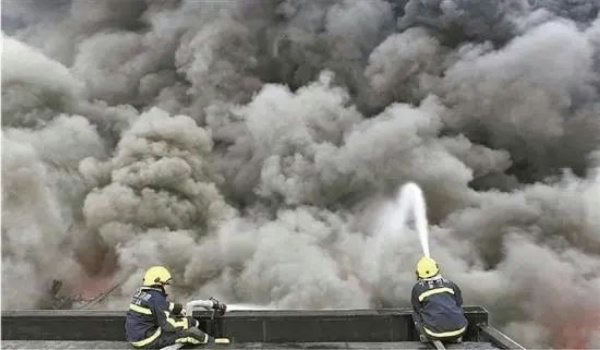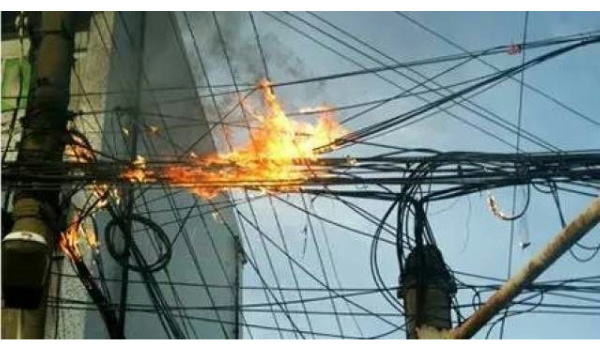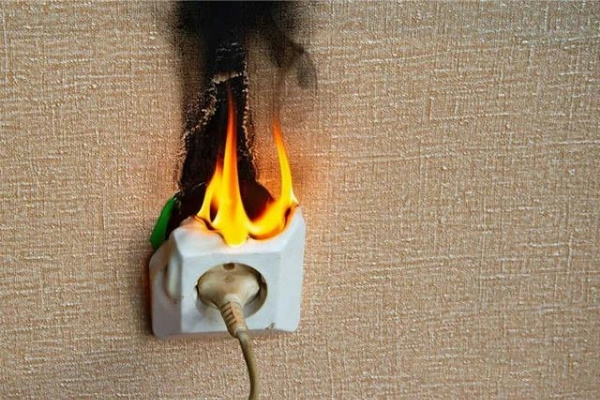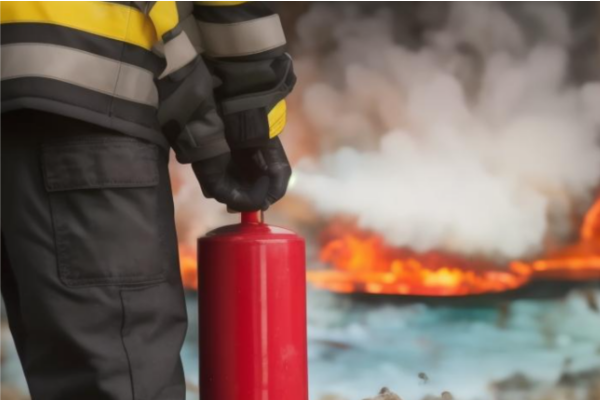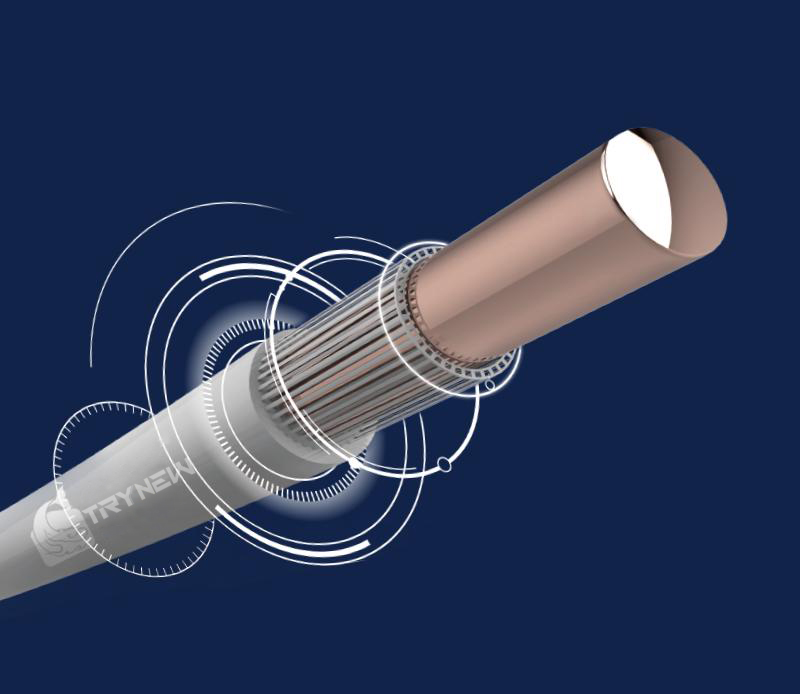01
What's the differences between flame-retardant and fire-resistant wires?
2024-09-14
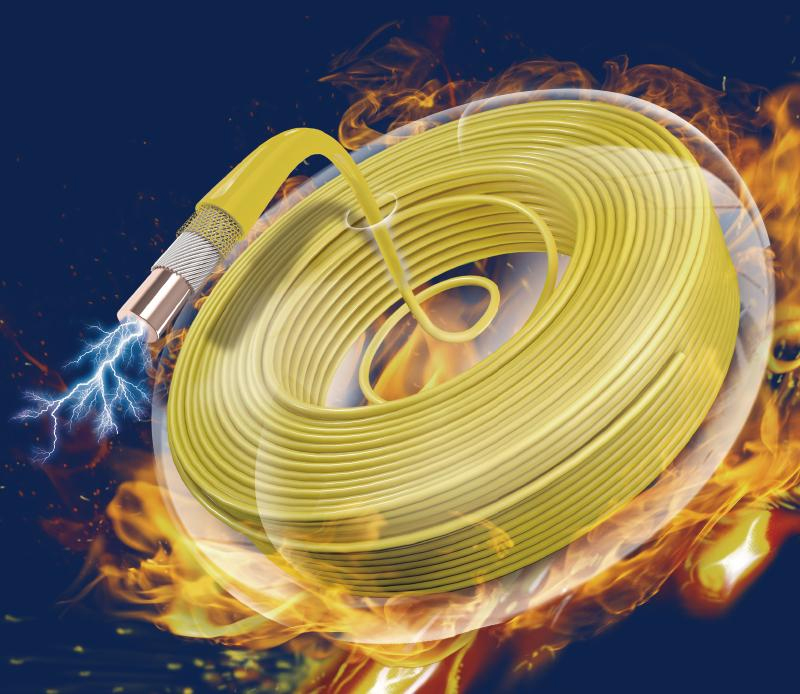
In the realm of electrical wiring, the distinction between flame-retardant and fire-resistant wires is paramount, particularly when it comes to safety, voltage compatibility, application areas, protection levels, manufacturing processes, and, of course, fire resistance. Here's a comprehensive breakdown, tailored for a business English audience:
Voltage Ratings
Flame-Retardant Wires:Boasting a wide range of voltage ratings, these wires encompass plastic-insulated Power Cables with AC voltage ratings up to 110kV, as well as control wires and electrical equipment rated below 450/750V. This versatility enables their use in diverse power transmission and control scenarios.
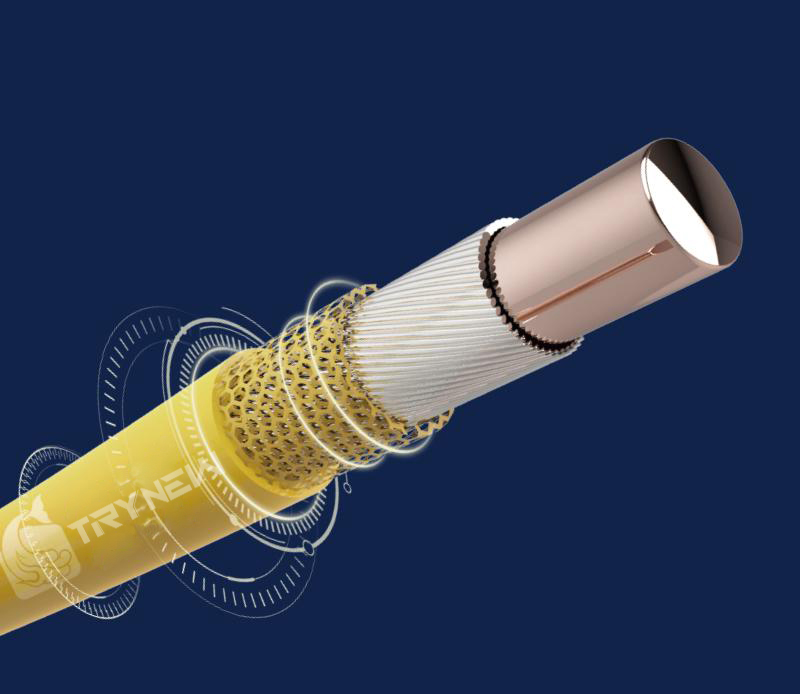
Fire-Resistant Wires: Typically operating at lower voltage levels, around 300V to 500V, they are specifically designed for critical applications where maintaining power in the event of a fire is paramount, such as fire safety equipment and emergency lighting.
Aplication Domains
Flame-Retardant Wires: Leveraging their excellent flame-retardant properties, these wires find widespread application across various sectors, particularly in high-temperature and flammable environments. They are integral to power distribution, control systems, alarms, and fire safety product lines.
Fire-Resistant Wires: These wires are reserved for settings where safety standards are paramount, including high-rise buildings, underground railways, nuclear power plants, hospitals, subways, and shopping malls. In the face of a fire, they guarantee continued power supply to vital systems like fire-fighting equipment and emergency lighting.

Protection Levels
Flame-Retardant Wires: While effective at inhibiting and delaying flame spread, their protective capabilities may be compromised under extreme conditions.
Fire-Resistant Wires: Offering a superior level of protection, these wires maintain operational integrity during fire conditions, ensuring circuit continuity and critical power supply for safety systems.
Manufacturing Processes
Flame-Retardant Wires:Their production process mirrors that of Standard Wires, albeit with enhanced insulation materials and core structures tailored for flame retardancy.
Fire-Resistant Wires: Manufacturing these wires involves intricate procedures utilizing specialized materials. Their conductors are typically made of oxygen-free copper, and the insulation undergoes special treatments to withstand high temperatures while maintaining electrical and mechanical integrity. Additional processes like multi-layer mica tape wrapping and specialized filling enhance their fire resistance.
Fire Resistance Capabilities
Flame-Retardant Wires: Primarily designed to hinder and slow down the spread of flames, they self-extinguish rapidly under specified test conditions.
Fire-Resistant Wires: In contrast, fire-resistant wires maintain operational functionality during fire exposure, preserving circuit integrity and enabling continuous power supply to vital equipment, thereby safeguarding lives and property.
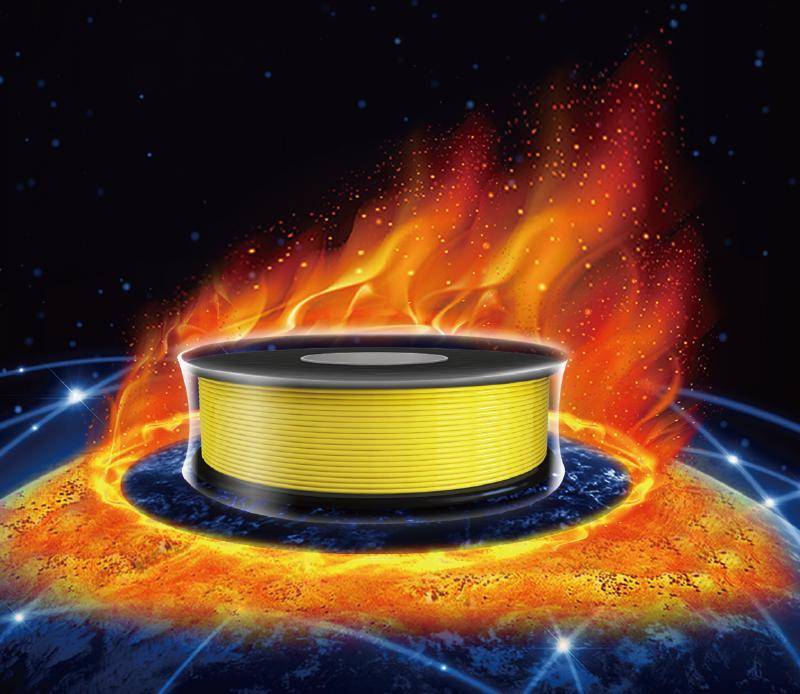
In conclusion, selecting the appropriate wire type for a given application necessitates a thorough understanding of these key differences, ensuring compliance with safety standards and optimal performance in various settings.


